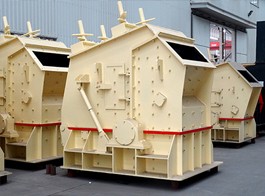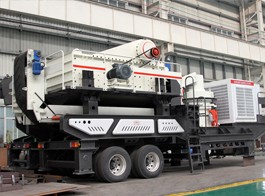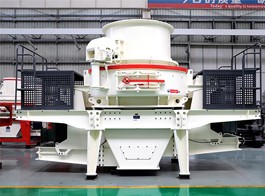Hot Products
Jaw Crusher Knowledge
E-mail: market@hxjq.comThere is a lot of knowledge about the jaw crusheron the Internet such as the scope of its application, its working principle, and even the detailed information about its technical data.
However, as a jaw crusher user, what are really needed to know is not just these technical characteristics. Users are most concerned about the quality of products and the benefits from investment in products. What the supplier really need to provide is trying to truly understand customers and supply users with what they need.
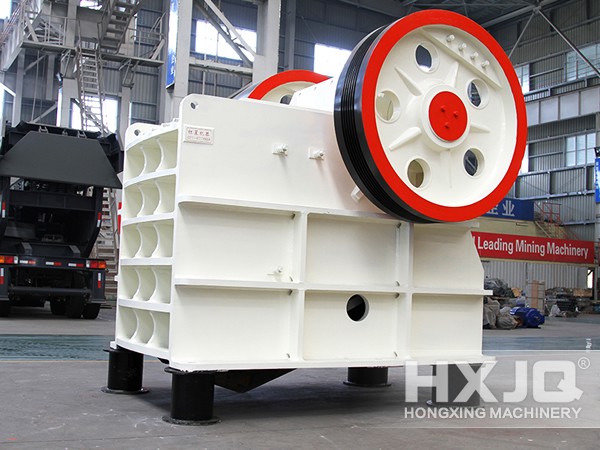
Here is the introduction to the jaw crusher from the following several aspects. We are going to share more information with the jaw crusher users.
The classification of the jaw crusher: In mining, building materials and infrastructure sectors, the jaw crusher is mainly used as primary and secondary crusher. According to the width of the feed opening, it can be classified into three kinds—large, medium and small crushers. The feed opening width of the large jaw crusher is greater than 600MM, the medium-sized jaw crusher, 300-600MM, and the small crusher, less than 300MM.
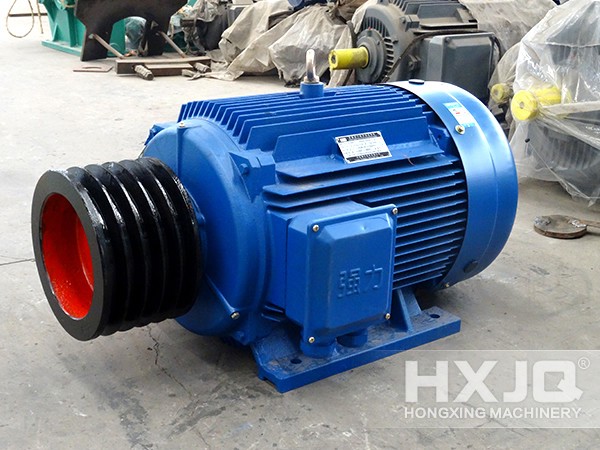
The key components (moving jaw and fixed jaw) of the jaw crusher: the fixed jaw plate (fixed jaw) is fixed vertically (or the top is slightly extraversive) on the anterior machine body; the moving jaw plate (moving jaw) is extraversive, forming two crushing chambers (working chamber) with fixed plate (with the large one on the top and the small one beneath it). The moving jaw does cyclical reciprocating motion towards the fixed jaw, sometimes separate from it and sometimes coming close to it. When separating, materials goes into the crushing chamber, finished products come out from the lower part; when coming close, materials between two jaw plates will be crushed by extrusion, bending and splitting effects.
According to different swing methods of the moving jaw plate, the crusher can be classified into three kinds: simple swing crusher, complex swing crusher and integrated swing crusher.
There are no unified stipulations about the models of the jaw crusher. In general, manufacturers set models on their own. At present, the most common jaw crushers are PE series, which are widely used in mining, metallurgy, building materials, highway, railway, water conservancy and chemical industry etc.
Zhengzhou HongXing Machinery Co.,Ltd is a joint-stock enterprise that produces large and medium-sized crushers and mills forming R&D, production and sale into an integral system.
Jaw crushers from Kefid should be fed a consistent rate of feed that will result in the crushing chamber being kept full at all times. This will result in more stone-on-stone crushing, reducing the wear on the (jaw die) manganese wear plates, creating a more cubical product, and result in more even wear over the length of the jaw die.
Generally all material smaller than the discharge gap should be removed (scalped) prior to being fed into the jaw crusher. This will increase the tons per hour of total production by the plant, and reduce wear on the jaw dies. It will also reduce fines production and increase cubical product.
A jaw crusher should not be sized to the maximum size rock that might be fed to the plant, but a size that will handle 95-98% of the material that might be fed to the jaw. Buying to the maximum size of rock that might be fed the jaw will result in buying a jaw crusher that will be under-utilized, difficult to keep choke-fed, cost more than necessary, and have a much higher operating cost. It will cost less to install grizzly bars over the feed hopper to remove the oversize rocks than to buy an over-sized jaw crusher. They can then be manually broken, sold as rip-rap or erosion control or landscaping boulders.


